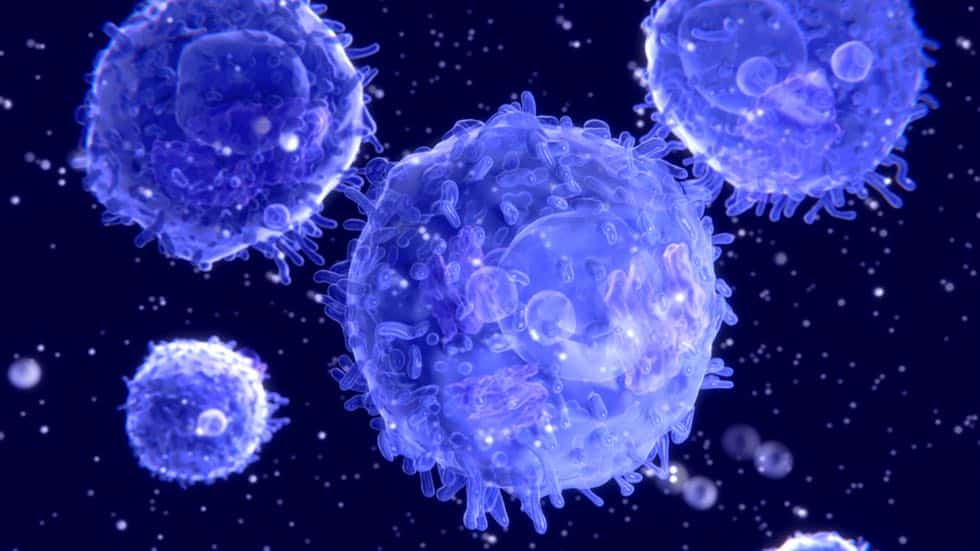Cell Cycle Regulation to Enable Cardiac Regeneration
Through normal wear and tear, our tissues experience regular cell loss that is countered by replenishment mechanisms. Aging itself is argued to be a cumulative outcome of the gradual decline in our bodies’ natural capacity to balance these events. Each tissue displays specific rates and mechanisms of cell turnover.
Human intestinal epithelial cells last about a week, whereas erythrocytes persist for 4 months before elimination. At the other end of the spectrum, cardiomyocytes, the contractile cells of the heart, display an estimated turnover rate of 0.3 to 1% per year, with most renewal events reported to occur in the first decade of life.
“Because so many adult cells can’t divide, your body can’t replace cells that are lost, which causes disease,” explained Deepak Srivastava, MD, president of the Gladstone Institutes and senior investigator. “If we could find a way to get these cells to divide again, we could regenerate a number of tissues.”
In the new study, Srivastava and his team finally reached this long-sought goal. They developed the first efficient and stable method to make adult cardiomyocytes divide and repair hearts damaged by heart attacks, at least in animal models.

“We discovered that when we increased the function of these four genes at the same time, the adult cells were able to start dividing again and regenerated heart tissue,” said Tamer Mohamed, scientist at Tenaya Therapeutics and former postdoctoral scholar in Srivastava’s laboratory, who is first author of the study. “We also showed that, after heart failure, this combination of genes significantly improves cardiac function.”
This 4F strategy worked in mouse and rat cardiomyocytes and also was successful in stimulating cell division in 15%-20% of human cardiomyocytes. When they injected 4F into the hearts of mice that had suffered heart attacks, they observed an improvement in their heart function after three months and a reduction in the size of the scar tissue compared to mice that did not receive the injection.
The team was able to further refine their method by replacing two of the four genes with chemical inhibitors that had similar functions. Throughout the process, the team did not observe the development of heart tumors caused by the 4F treatment. They attributed this fact to the short-term expression of 4F in the cardiomyocytes.
“Heart cells were particularly challenging because when they exit the cell cycle after birth, their state is really locked down—which might explain why we don’t get heart tumors,” said Srivastava. “Now that we know our method is successful with this difficult cell type, we think it could be used to unlock other cells’ potential to divide, including nerve cells, pancreatic cells, hair cells in the ear, and retinal cells.”
This could lead to a powerful regenerative approach to treat not only heart failure, but also brain damage, diabetes, hearing loss, and blindness. And one day, the human might just outperform the salamander.






























